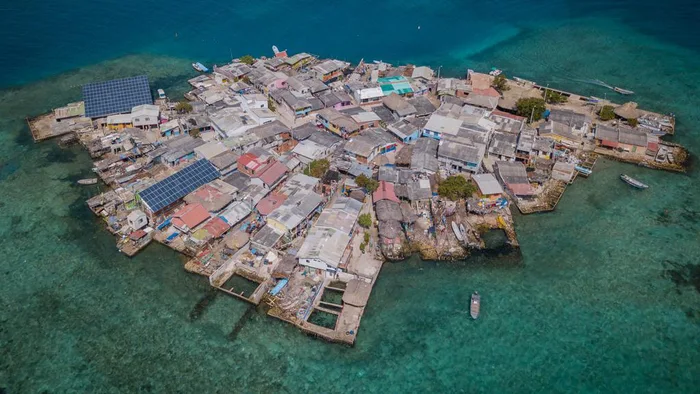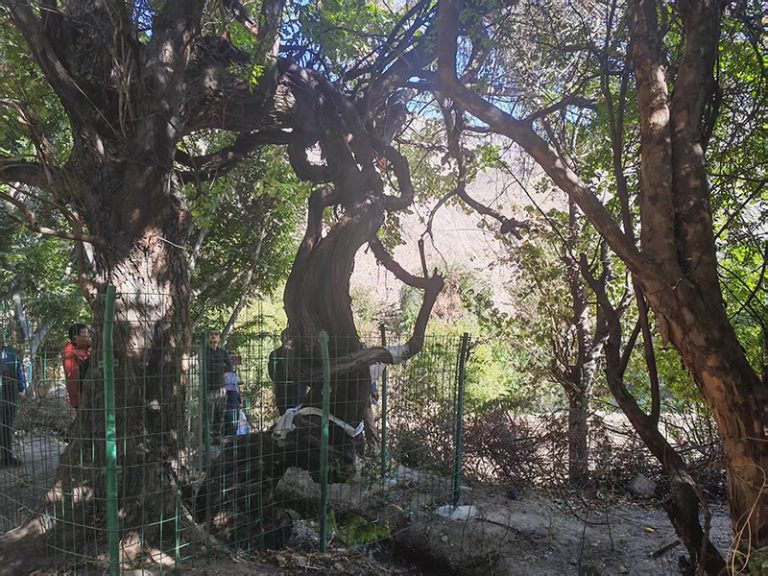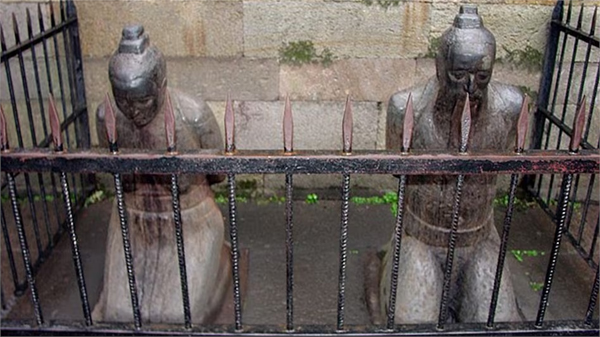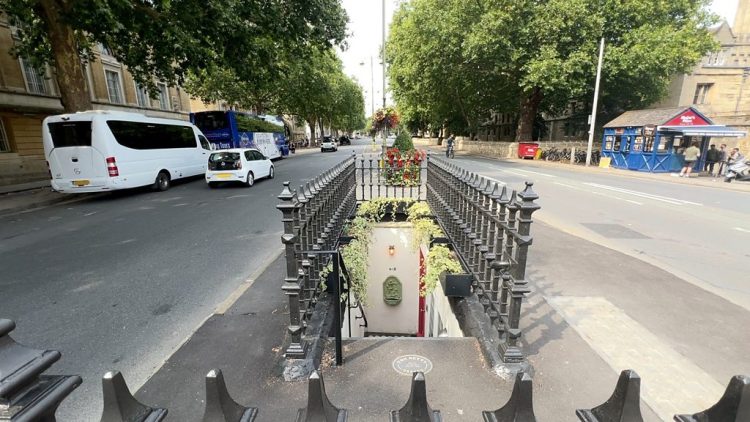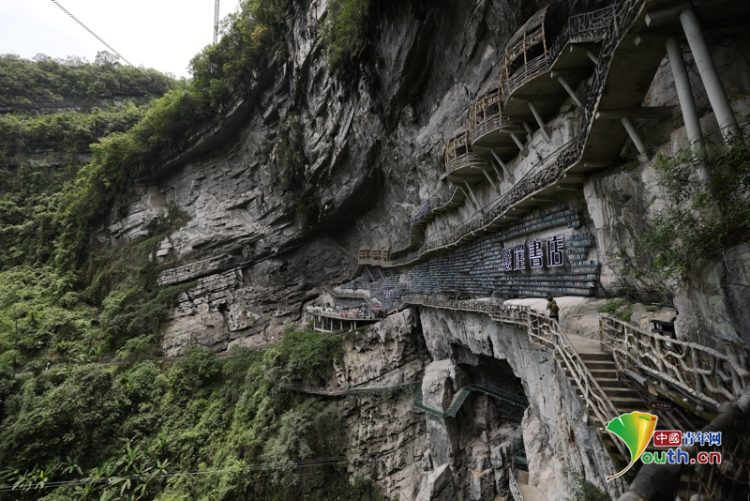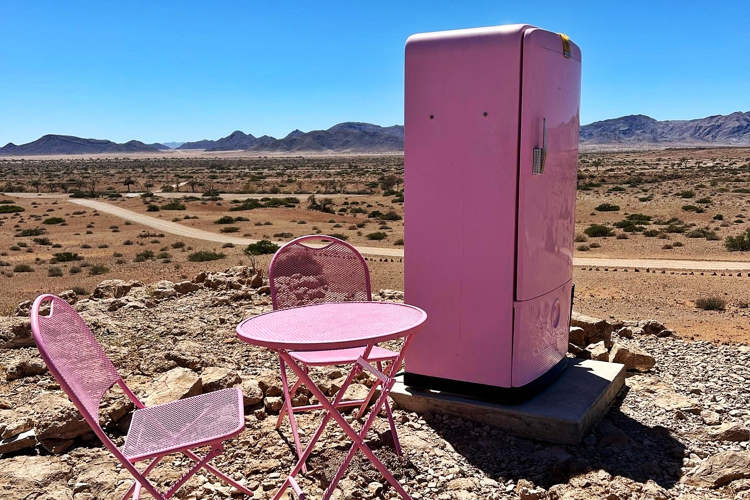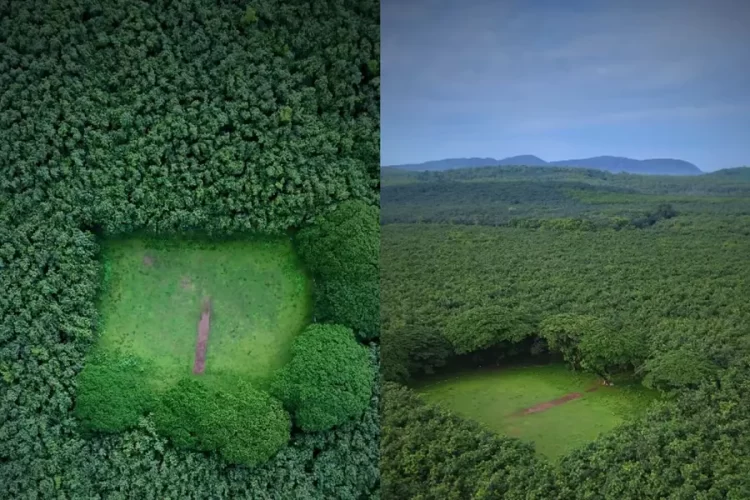When Japanese artist Ayano Tsukimi returned to her village 11 years ago, it wasn’t the place she once knew it to be. There were hardly any people around anymore, so she decided to repopulate the place herself – with handmade dolls. These dolls can be seen strewn across the village, on benches, in the street, outside her home, working in farms, and even lounging about the abandoned school compound. Over a span of 10 years, she has sewn about 350 life-size dolls, each one representing a former villager.
Nagoro is a remote village, nestled deep in the valleys of Shikoku Island. It was once a bustling center with a dam, a big company and hundreds of inhabitants. But the residents moved to bigger cities over the years, in search of better jobs, abandoning the village permanently. Its population is dwindling as the residents left behind continue to die. Today, Nagoro has only 37 living inhabitants, and of course, many times more dolls. And Ayano believes that a time may come when she will have outlived everyone in the village.
Photo: Fritz Schumann
That’s a very scary thought to live with, so Ayano’s bizarre doll-making hobby is actually quite understandable. “When I make dolls of dead people, I think about them, when they were alive and healthy,” she said. “The dolls are like my children.” Interestingly, her talent in doll-making remained hidden until a year after she moved back home. In the first year, she tried hard to plant seeds, but none of them sprouted. So she decided to make a scarecrow and it actually turned out looking a lot like her father.
Photo: Fritz Schumann
Since then, Ayano has not stopped making dolls, filling her village with the people she once knew. Her work was recently covered in a documentary called The Valley of Dolls, made by journalist and photographer Fritz Schumann. He explored Ayano’s world of dolls in detail, examining and explaining her technique and motives. “I never thought it would turn into this,” she said in the film. “I have a doll based on myself. Every day she watches the pot and the fire. She’s taking a nap now.”
Photo: Fritz Schumann
“The facial expressions are the hardest part. The lips are difficult. A little tweak and they can look angry,” Ayano added. “I’m very good at making grandmothers. I pull the strings at the mouth and they smile. In the old school that shut down two years ago, there were two students and one teacher. Now, I made the students, teachers and principal. I don’t like making weird dolls, but people who blend into the scenery.”
Photo: Horiyan
“I thought people will get interested and take photos if I put the dolls at the entrance of the valley. I put them on the field, doing work. Or waiting for the bus.” But Ayano does admit that not everybody might like her dolls. “Even if they don’t say it directly some may feel frightened because they look so real,” she said. “The dolls don’t live as long as humans. They can live up to three years max.”
Photo: Fritz Schumann
It must be tough for Ayano to cope with life in a deserted village like Nagoro. But she has developed her own way to do it. “I don’t think about death. It takes 90 minutes to get to a proper hospital. So if something happened, I would probably die before making it there. I don’t think dying is scary. I’ll probably live on forever.”
Source: Valley of the Dolls via The Verge







